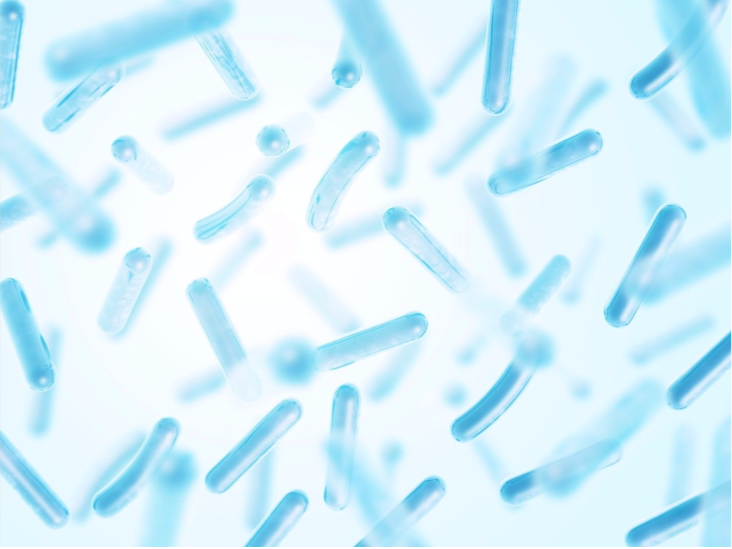What is skin microecology?

Skin microecology refers to the ecosystem composed of bacteria, fungi, viruses, mites and other microorganisms, tissues, cells and various secretions on the skin surface, and microenvironment. Under normal circumstances, the skin microecology coexists harmoniously with the human body to jointly maintain the normal operation of the body.
As the human body is engulfed by age, environmental pressure and decreased immunity, once the balance between the various skin flora is broken, and the body's self-regulation mechanism fails to defend, it is very easy to cause a variety of skin problems, such as folliculitis, allergies , acne, etc. Therefore, it has become an important direction of skin care research to affect the skin by regulating the skin microecology.
Principles of microecological skin care:by adjusting the composition of skin microbes or providing a microenvironment that promotes the growth of beneficial symbiotic bacteria on the skin, the skin microecology can be improved, thereby maintaining, improving or promoting skin health.
Product ingredients that regulate microecological effects
Probiotics
Cell extracts or metabolic by-products of probiotics are currently the most widely used ingredients in skin care products to regulate skin microecology. Including Lactobacillus, Saccharomyces, Bifidosaccharomyces, Micrococcus, etc.
Prebiotics
Substances that can promote the growth of probiotics include α-glucan, β-fructo-oligosaccharides, sugar isomers, galacto-oligosaccharides, etc.

At present, microecological skin care in the cosmetics industry mainly applies probiotic preparations (probiotics, prebiotics, postbiotics, etc.) to daily care products such as toiletries and skin care products. Micro-ecological cosmetics have become one of the fastest-growing product categories in the skin care category due to the concept of modern consumers pursuing a healthy and natural lifestyle.
The most popular ingredients of micro-ecological cosmetics are lactic acid bacteria, lactic acid bacteria fermentation lysates, α-glucan oligosaccharides, etc. For example, the first skin care essence (Fairy Water) launched by SK-II in 1980 is a representative product of micro-ecological skin care. Its main core patented ingredient Pitera is living cell yeast essence.
Overall, skin microecology is still an emerging field, and we know very little about the role of skin microflora in skin health and the impact of various components in cosmetics on skin microecology, and more in-depth research is needed.
Post time: Jun-29-2023

